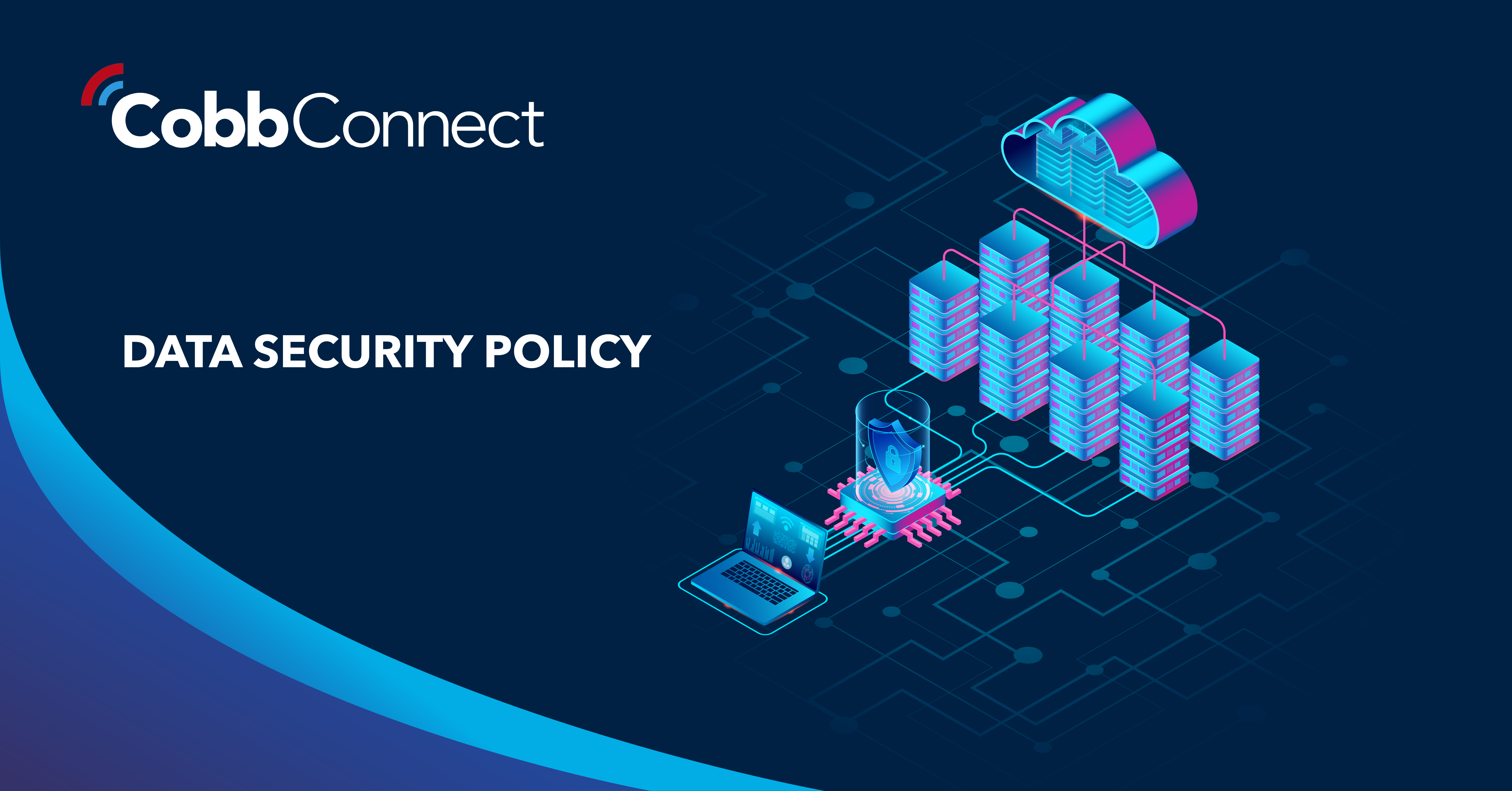2 min read
We “LOUVRE” Strong Passwords: How a Weak Password Can Lead to Big Losses
The Louvre’s password became the punchline of a global story after a heist revealed major security concerns for the museum. Reports say the password...
3 min read
 Jason Holmes
Sep 30, 2021 12:13:50 PM
Jason Holmes
Sep 30, 2021 12:13:50 PM

If you’re considering using the services of a managed IT provider, Or perhaps you’re already using the services of a managed IT provider but want to look into what it may cost to upgrade your provider to a more holistic one, one of the first questions you’re probably asking yourself is: How much will this all cost me?
BELOW IS A TRANSCRIPT OF THE VIDEO.
Hey, I’m Jason Holmes with Cobb Technologies, and in this video, I’m going to walk you through the various factors that determine what you might pay for managed IT services.
Every business is different, with different needs and goals. An architectural firm may not have the same security requirements as a healthcare facility, and a nonprofit’s network may not require the same structural complexity as a financial institution. Environments will even differ within the same field, for example, a smaller, single-location hotel will have different needs than a chain. The level of security required by your organization, the expanse of your network, and whether you need to comply with government-dictated standards are all taken into account when looking at your business needs and calculating the costs that supporting that environment might incur. Businesses that require more strenuous solutions can expect to pay a bit more.
After we take a look at your business’ needs, we then need to consider what your business’ current environment looks like. A business that is relatively new, and has done a good job with keeping up to date with the latest hardware and software releases, might incur fewer expenses than, say, a business that has been around for many years and has typically done things with older hardware or software - maybe even physical media like paper - and is looking to make a larger change and needs more help getting everything up to snuff by acquiring more wireless access points, servers, computers and updating to a better firewall.
Typically, a fully-managed IT service contract will range between $100 to $200 per user - this figure is derived from recurring monthly fees and one-time-only fees like setup costs including training and documentation.
The size of your business is extremely important in determining the cost of managed IT services provided to your organization. Every organization will require training for its employees, with large organizations typically taking a longer amount of time to thoroughly teach all of its users. Additionally, the documentation process for larger organizations may take longer as well, as it would involve analyzing more devices and also speaking to more employees to get a better understanding of what they do and how their organization works.
You also have to consider the cost of things like software license seats, email boxes, storage and data backup, and bandwidth. All of these costs are determined by the size of your business.
The number of devices in your environment will have a bearing on what you’ll pay for managed IT services. Like I mentioned earlier, the more devices an organization has, the longer the documentation process is likely to be. Additionally, the number of devices in a business is particularly important to take into account if your organization requires a hardware refresh. The typically recommended hardware refresh cycle can last anywhere between three to five years, which is also the typical length of a MITS contract. Typically, when a new contract is signed and you’ve approved a hardware refresh, the amount you pay in that first month of the contract will be higher than the subsequent months because you will be paying for the cost of a hardware refresh. Ultimately, as you can imagine, organizations with fewer devices will typically have to pay less than organizations with many devices.
When you partner with a managed IT provider you gain access to a seasoned group of experts who know how to keep your organization running smoothly and securely - naturally, this comes at a price.
The cost of labor includes things like onboarding at the beginning of your contract, help desk support, vCIO services, and the general maintenance and upkeep of your organization.
There’s also the possibility of encountering unexpected labor costs, for example, when you need work to be done on weekends or holidays.
Let’s say you have ten terabytes of network storage - the initial cost would typically run you between three to four thousand bucks. Now let’s say that you neglected it in the past and now risk suffering a hardware failure. Well, now your new MITS partners need to scramble to get it up and running safely and quickly.
Ultimately, however, a good managed IT provider will ensure that unexpected labor costs will be kept to a minimum by following a carefully planned IT roadmap.
Finally, it’s important to take into account projects that are typically one-offs, they’re not regularly occurring, and they might not typically pop up in every organization. I’m talking about things like a branch expansion or moving a business to a different location. However rare these projects may be, they’re still worth mentioning as they will have an effect on how much you pay for managed IT services.
All managed IT providers are different, so while these guidelines may help you narrow down the range of what you should expect to pay when you partner with a MITS provider, you should still reach out if you’re wanting to get a more precise quote.
If you’re in the market for managed IT services and you’d like more information about the decision-making process, or if you have any questions about the scope of managed IT services products, or if you have any other questions about managed IT services, contact us today!

2 min read
The Louvre’s password became the punchline of a global story after a heist revealed major security concerns for the museum. Reports say the password...

6 min read
Organizations of all sizes handle enormous volumes of data. Data is one of the most valuable assets of any organization.Unfortunately, it’s also a...

5 min read
In today’s digital-first workplace, your network is more than just a connection point; it’s the foundation of your operations. Whether your...